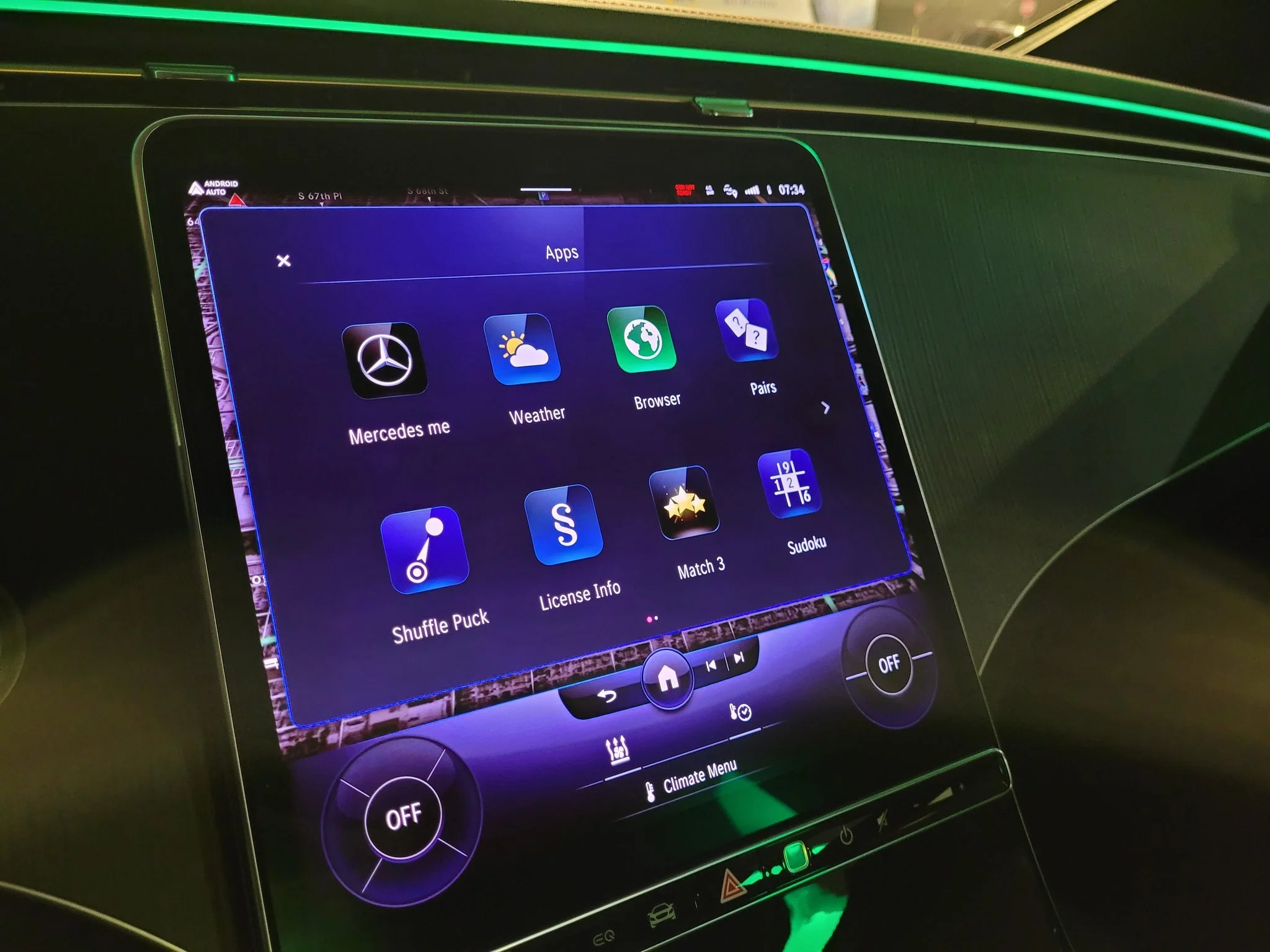by Robby DeGraff, Manager of Product and Consumer Insights
Subscription services are creeping into today’s vehicles as automakers take advantage of connected cockpits and over-the-air update capability to gift consumers new features as well as upgrades after the purchase process. BMW currently offers monthly, annual, and one-time subscriptions for various features from dash cameras to remote engine start. Others have considered doing so for use of common amenities, like heated seats, but consumer backlash may dictate if that happens for the U.S. market.
AutoPacific’s latest Future Attribute Demand Study (FADS) asked nationwide new vehicle intenders their interest in eleven different subscription-required connected features, from streaming video onto the center screen to purchasing products from the infotainment display. All of these features require a monthly data plan of sorts in order to use (as most of these features are no initial cost to the consumer, a hypothetical $15/month data plan requirement was included in the feature title to accurately gauge interest).
EV and PHEV Intenders Are Most Open to Paid Subscriptions for Connected Features
From ICE to hydrogen fuel cells, of all intended powertrains surveyed, consumers planning to buy an EV or plug-in hybrid (PHEV) vehicle are more likely to be interested in connected features requiring a monthly subscription fee and data connection. AutoPacific research shows these intenders are also more accepting of advanced forms of technology in their vehicle than those of ICEs.
Much of this higher demand comes from having more downtime spent in their vehicle due to charging. While not ideal, an EV’s battery does require a significantly longer time commitment than refueling an ICE vehicle. Thankfully, while the vehicle is parked, a cabin’s center infotainment screen is the perfect place for a consumer to conveniently stay occupied, whether it be catching up on emails, watching the latest episode of their favorite show, or video chatting with a distant friend. As infotainment screens grow in size and introduce new features, expect more opportunity for automakers to connect directly with a consumer and bring in extra revenue too.
23% of EV intenders and 21% of PHEV intenders want the ability to browse the internet directly via the infotainment screen compared to just 16% of ICE intenders. There’s stronger demand too among EV and PHEV intenders for connected features like in-cabin video conferencing, playing video games, streaming video content, and securely purchasing products; again all via the center infotainment screen, compared to ICE intenders. Additionally, EV and PHEV intenders are also more likely to want to remotely monitor and control their vehicles (both +8%pts) compared to ICE intenders.
Younger Shoppers Want to Play Video Games and Stream Video Via Their Infotainment Screen
Today’s younger generations likely are already signed up for monthly subscriptions to enjoy online gaming for popular systems like Nintendo’s Switch. Development is underway and soon we’ll see more automakers bring video gaming inside the vehicle’s cabin, in which consumers can (while parked) use the infotainment screen and a paired smartphone as the controller to play. Regardless of intended powertrain, nearly 19% of consumers under the age of 30, and 20% between the ages of 30 to 39 want the ability to play video games directly via the infotainment screen. Demand for this feature isn’t as popular among older consumers as that percentage begins to fall off with each age decade.
Beyond gaming, younger consumers want to be able to readily stream video content from YouTube, Netflix or Hulu, directly to their vehicle’s infotainment screen more so than most older consumers. This feature is also especially demanded by households with any number of kids, and by intenders of vehicles that pack more seats. Regardless of intended powertrain, 32% of large three-row SUV/XSUV intenders, 28% of minivan intenders, and 27% of mid-sizethree-row SUV/XSUV intenders are interested in the ability to stream video content directly to the infotainment screen; demand that’s 8-12%pts higher than their 2-row counterparts.




